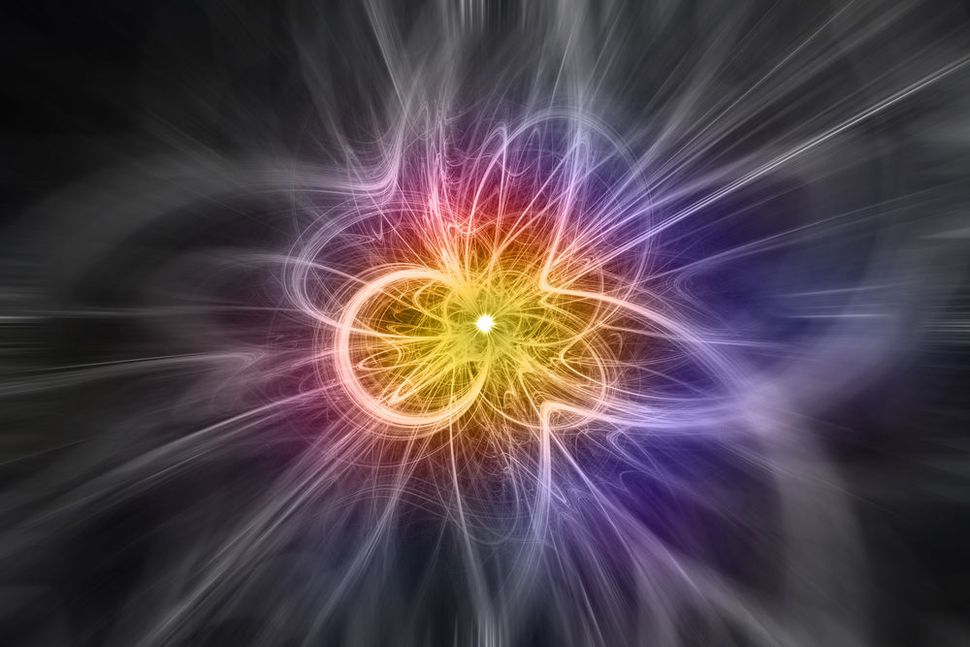On August 2, 1932, Carl Anderson, a young professor at the California Institute of Technology (Caltech), first discovered the antiparticle of the electron, which would go on to be named the “positron.” The discovery opened the window to the antimatter universe, what little of it there is.
American physicist Anderson, born on Sept. 3, 1905, had been working with cloud chambers for nearly a year when he spotted the track of a particle with the same mass as an electron. But, whereas the electron is negatively charged, this particle was positively charged. Thus, he determined that this particle was an “antielectron.”
The positron and a corresponding electron had been created when a “cosmic ray,” a high-energy charged particle from space, struck the cloud chamber. He then gave the particle the name “positron” in a paper published in Science that same year.

Following the discovery of the positron, scientists would go on the hunt for the “antipositron” a search that took over two decades.
Scientists now know that all the particles in the “particle zoo” of the standard model of particle physics have their own antiparticles. We have also discovered that a particle/antiparticle pairing can literally pop into existence out of the vacuum of space as long as they quickly meet and annihilate each other.
One of the biggest mysteries in science currently is why, when the Big Bang created equal amounts of matter and antimatter, the universe came to favor matter.
Priestley described the gas released by his experiment as being “five or six times as good as common air.” This referred to its ability to make a flame burn intensely and the fact it was able to sustain a mouse alive for about four times as long as a similar quantity of air could do.
Later in the 18th Century, not only did chemist Antoine Lavoisier prove that phlogiston did not exist, but he gave Priestley’s “dephlogisticated air” a new name; oxygen. After his discovery, on April 8, 1794, Priestley moved to America, where he became good friends with Thomas Jefferson. The chemist passed away on February 3, 1804.
Jefferson later described Priestley as “one of the few lives precious to mankind.”
It is somewhat staggering that on this day, just 250 years ago, chemists had no idea what the vital element in the air was that sustained our lives. We now carry oxygen to space to allow our astronauts to survive in space and hunt for oxygen on alien worlds.